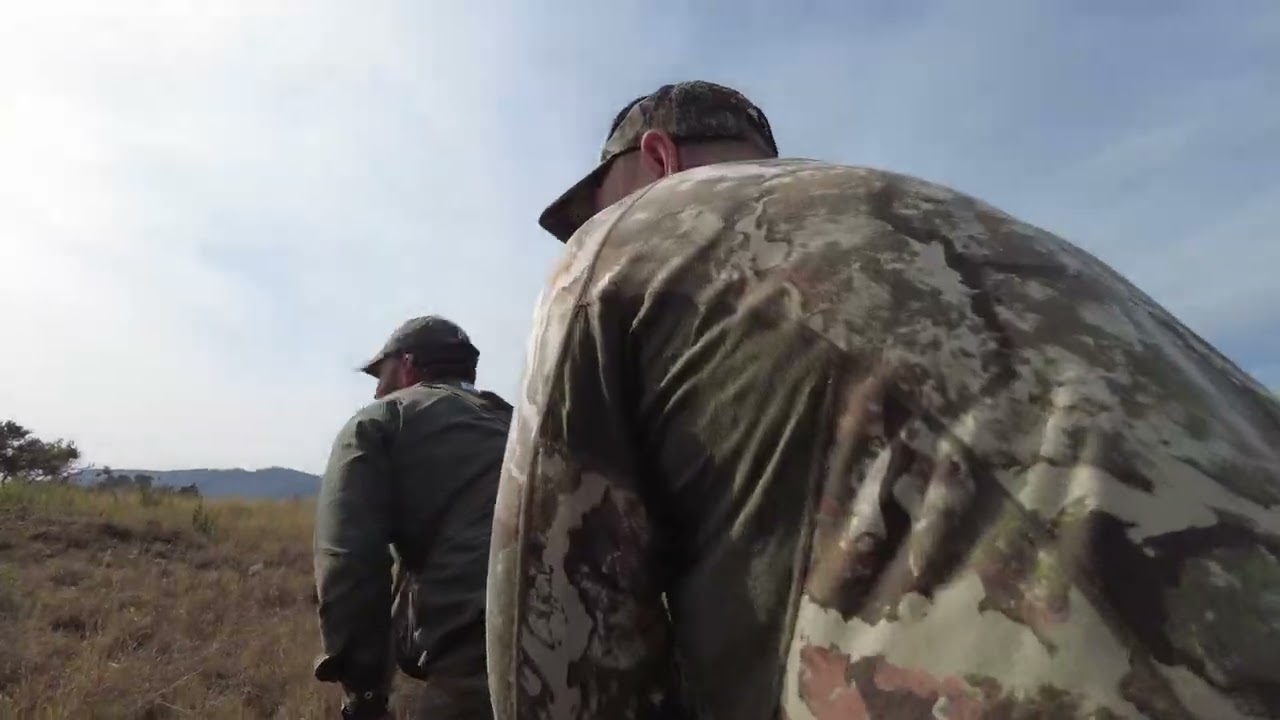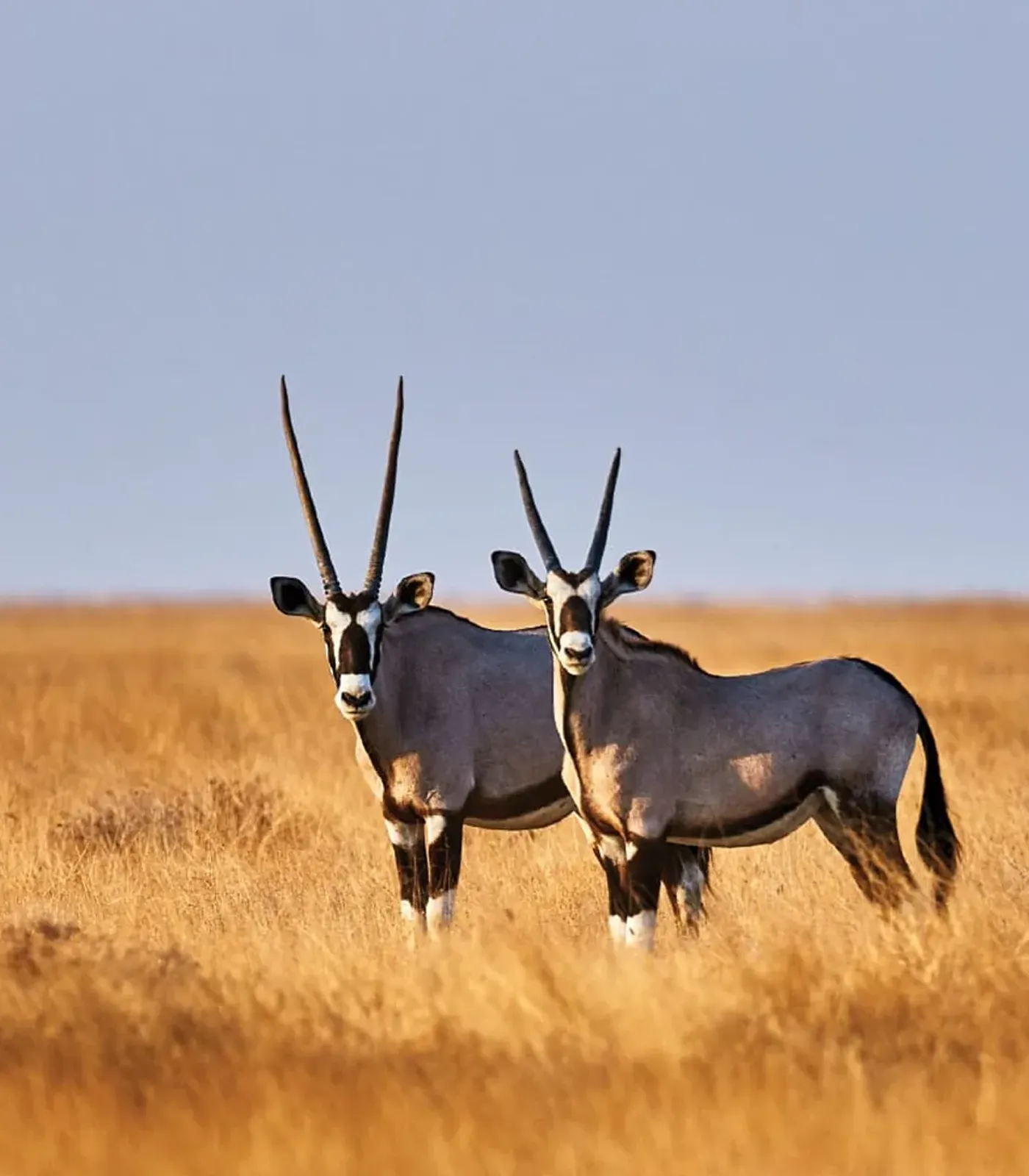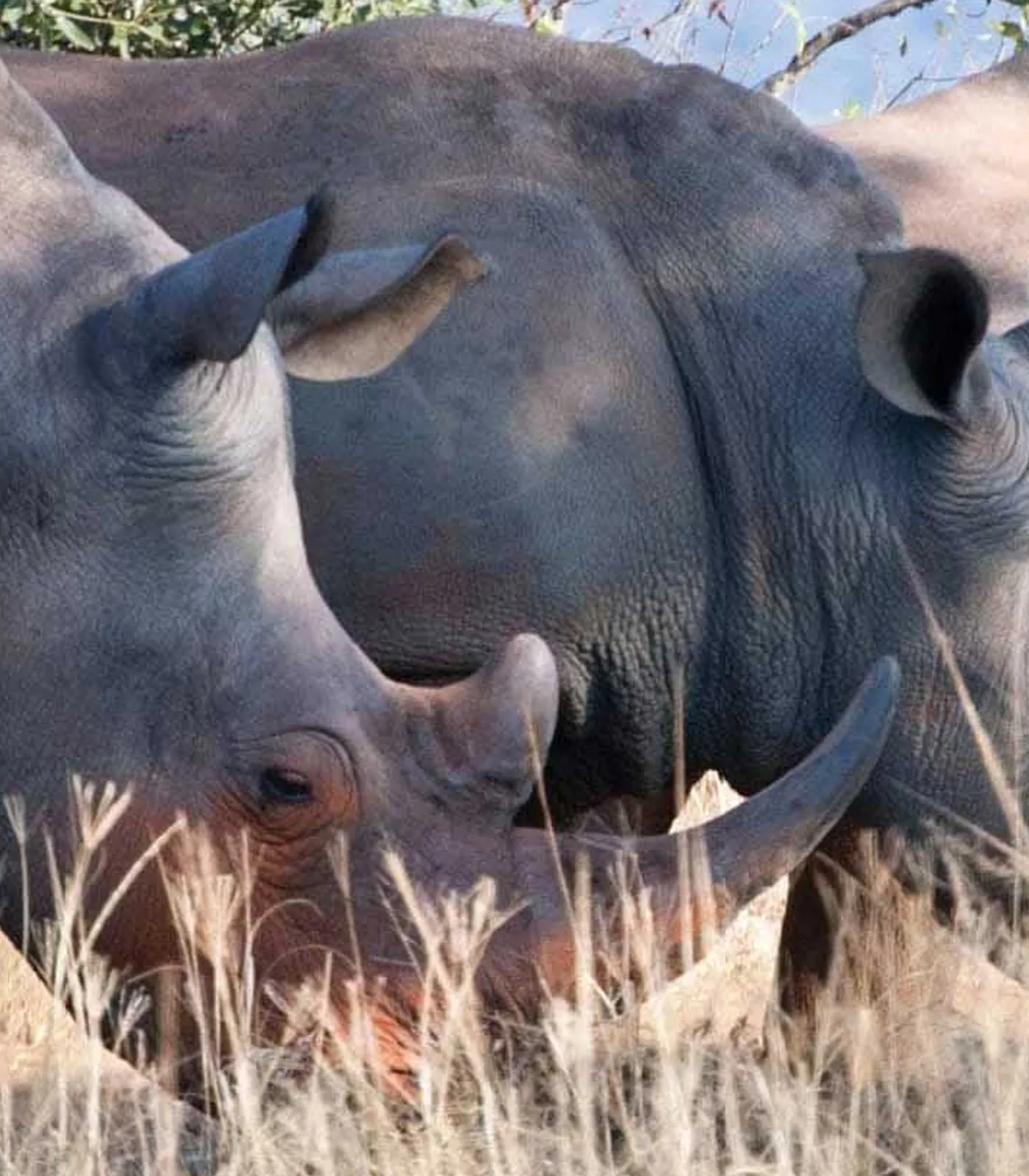
Indigenous Knowledge in Wildlife Management | Avula Safaris
For centuries, indigenous communities across South Africa have lived in harmony with the natural world. Long before the rise of modern conservation, local tribes developed deep-rooted knowledge systems that guided sustainable hunting, land use, and animal stewardship.
At Avula Safaris, we believe that recognizing and integrating indigenous knowledge is vital for long-term wildlife management. Here’s how traditional wisdom enhances conservation and connects communities to the land.
1.
What Is Indigenous Knowledge?
Indigenous knowledge refers to the customs, beliefs, and ecological understanding developed by local communities over generations.
This knowledge includes:
-
Seasonal animal migration patterns
-
Water sources and drought cycles
-
Fire use for vegetation control
-
Animal behavior passed down through oral history
It’s an evolving science rooted in lived experience.
2.
Tracking and Animal Behavior
Traditional trackers are masters of reading signs in the bush.
Skills include:
-
Identifying footprints, scat, and scent trails
-
Understanding animal movements by terrain and time of day
-
Using bird calls or plant changes to sense predator presence
Modern conservationists often train alongside traditional trackers to enhance their fieldwork.
3.
Sustainable Hunting Practices
Many indigenous groups developed strict codes to ensure animals were harvested ethically.
Traditional hunting practices included:
-
Only hunting what was needed
-
Avoiding pregnant females or juveniles
-
Rotating hunting grounds to allow regrowth
These values align closely with modern conservation ethics.
4.
Fire as a Land Management Tool
Controlled burns were historically used by communities to:
-
Stimulate fresh grass growth for herbivores
-
Reduce brush and prevent wildfires
-
Create natural barriers and aid visibility
Today, fire ecology draws heavily on these practices.
5.
Sacred Species and Cultural Taboos
In many traditions, certain animals are seen as sacred or taboo to hunt.
Examples include:
-
Specific predators or birds seen as spiritual guides
-
Totem animals linked to family or clan identity
These beliefs acted as a natural protection system long before formal laws existed.
6.
Traditional Healing and Biodiversity
Medicinal plants and animal byproducts are used respectfully within many communities.
Benefits to conservation include:
-
Valuing a wide range of species beyond the Big Five
-
Maintaining plant diversity in healing traditions
-
Monitoring plant populations through sustainable harvest
This helps preserve lesser-known species and ecosystems.
7.
Community-Led Conservation Areas
Some reserves today are managed or co-managed by local tribes and families.
Benefits of indigenous leadership include:
-
Deeper knowledge of land history and wildlife trends
-
Respectful use of natural resources
-
Stronger community buy-in for conservation goals
At Avula, we support reserves that collaborate with indigenous stewards.
8.
Passing Down Knowledge to Future Generations
Conservation is strongest when it’s taught from youth.
Education includes:
-
Storytelling about animal behavior and values
-
Bushcraft and survival skills
-
Seasonal knowledge passed through rituals and ceremonies
This ensures a cultural and ecological legacy.
9.
Bridging Science and Tradition
Today’s best conservation models integrate traditional and scientific knowledge.
Collaborative examples include:
-
Research teams working with tribal trackers
-
Community mapping of wildlife corridors
-
Shared decision-making in game reserve governance
Two lenses create a clearer picture of sustainability.
10.
Avula Safaris: Honoring Heritage in Conservation
We believe that every safari should respect not only the land but the people who have cared for it for generations.
Our commitment includes:
-
Partnering with indigenous guides and trackers
-
Supporting cultural preservation alongside wildlife protection
-
Educating guests about traditional ecological practices
True conservation begins with listening to those who know the land best.



